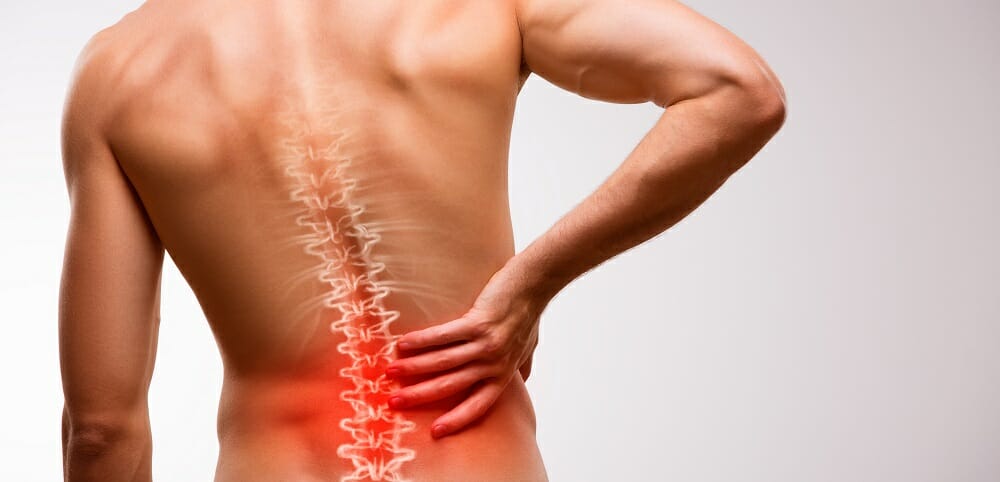Spinal
What is spinal disease?
Spinal disease refers to any condition that affects and impairs the backbone. These diseases and disorders cause mild to severe pain in the neck and back and, in certain cases, may lead to disability. If you have a spinal condition, you may feel the impact in your arms and legs as well.
The human spinal cord is a collection of nerves that runs through the middle of the back. It serves as a superhighway of communication between nerves in the brain and nerves in the rest of the body. The spinal cord is protected by bone discs that make up the spine, known as the vertebrae.
What are the types of spinal conditions?
Accidents or physical trauma that damage parts of the spine or the vertebral column can affect the spinal cord. However, there are medical conditions that also impact the organ. They include:
Kyphosis
Kyphosis is an excessive rounding of the back. People of any age can develop the condition but it is more common in older women.
Kyphosis associated with age is often a result of spinal bone weakness that causes these bones to crack or compress. Other forms of kyphosis can occur in teens or infants due to progressive wedging of the spinal bones or malformation of the spine.

Spinal Muscular Atrophy
Spinal muscular atrophy (SMA) is a rare genetic spine condition that causes problems with movement and makes the muscles weaker. It’s a serious disease that worsens over time.
The most severe type of this condition is type 1 and it affects babies less than 6 months old. Type 2 occurs in 7-18 months old babies and type 3 develops after 18 months. The least severe of this condition is type 4, which affects adults.
Spina bifida
Spina bifida is a birth defect characterised by incomplete closing of the membranes and backbones around the spinal cord. The condition can lead to incontinence, fluid in the brain, motor and sensory impairment, depression, and learning disabilities.
Osteoporosis
Osteoporosis is a condition that causes weak and brittle bones. The condition can affect the bones of your spine, causing severe back pain that will make it difficult to walk, sit, stand, or lift objects. Spine fractures due to osteoporosis are known as vertebral compression fracture.
Ankylosing spondylitis
Ankylosing spondylitis (AS) is a type of arthritis that involves long-term inflammation of the joints and ligaments of the spine, particularly the lower back. The disease causes the vertebrae in the spine to fuse, resulting in a stooped or hunched-forward posture. Ankylosing spondylitis is more common in men than women and develops during early adulthood.
Spinal tumour
A spinal tumour is an abnormal growth that occurs inside the bones of your spine or inside your spinal canal. Spinal tumours can be either cancerous (malignant) or noncancerous (benign).
Benign spinal tumours include schwannomas, meningioma, osteoblastomas, and osteoid osteomas. Malignant spinal tumours include osteosarcomas, Ewing sarcomas, and chondrosarcomas.
Scoliosis
Scoliosis is a spinal deformity that causes the spine to curve sideways. The condition most often develops before puberty or during the growth spurt. While the cause of most scoliosis is unknown, diseases such as muscular dystrophy and cerebral palsy can cause the deformity.
Lumbar spinal stenosis
Lumbar spinal stenosis is a condition where the spinal canal contracts and the nerves travelling in the leg through the lower back are compressed. The disease causes pain, numbness or weakness in the calves, buttocks or legs. Lumbar spinal stenosis does not only occur in younger patients, it also affects people aged 60 and older.

What are the symptoms of spinal conditions?
Symptoms of spinal conditions occur according to the particular disease you’re suffering from. However, the more common and general symptoms include loss of sensation, numbness, weakness, and pain.
Symptoms normally occur around the spinal cord but can spread to other regions of the body like the legs and arms.
